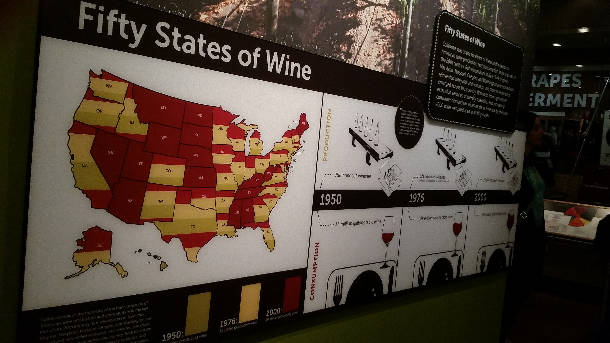MONDAY BEER LINKS, MUSING 06.13.16
U.S. craft beer pioneer New Belgium has some lessons for old Belgium.
I’m am going to cheat and flip right to the end: “The consumer really has started to be the person asking for new beer. I always used to say: ‘We’ll make it, they’ll drink it anyway.’ It was brewer-led brewing. Now it’s more consumer-led.” [Via MarketWatch]
14 Breweries Split from Colorado Brewers Guild.
Some numbers might add context. This group includes Colorado’s five largest small brewers (small being every brewery other than the massive MillerCoors plant in Golden and the Anheuser-Busch brewery in Fort Collins). Those five (New Belgium, Oskar Blues, Left Hand, Odell, and Great Divide) produced about 70 percent of the 1,775,831 barrels of beer Colorado’s craft breweries made in 2015. Avery (52,805 barrels) and Ska (32,187 barrels) are the largest breweries that did not join the group of 14. [Via Porch Drinking]
Postcard from Forchheim, Upper Franconia.
“Sadly, younger Germans are less interested in traditions like Stammtisch and Frühschoppen, or less able to keep them. I worry that in 20, 40, 60 years these things become mere anecdotes: My opa used to drink there every Sunday morning.” [Via DRAFT]
A craft beer revolution brews in Paris.
Yes, your first thought might be, Not another craft beer in Paris story. But I find it interesting to consider what it can mean to be local in the twenty-first century, no matter the location. [Via SFGATE]
Craft Beer Drinkers are Interested in Healthy Habits and Alcohol Abstinence, Nielsen Survey Finds.
Introducing The Weekend Warrior Craft Drinker. [Via Brewbound]
WINE, AND MAYBE A BIT OF NAVEL GAZING
Wine Critics – Everything Old Is New Again.
Beer drinkers who know of Pliny the Elder the Person mostly do so because of Pline the Elder the Beer. But his influence on wine is somewhat larger. And not only because he wrote things like this: “The wine produced (nascitur) at Signia—useful as an astringent because it is just too harsh—counts as a medicine.” [Via Huffington Post]
Into the tall weeds of the critic: Kramer and being “captious.”
“I guess I’m thinking politically — critics are rather like politicians running for office. You have to talk, talk, talk to convince people to listen to you and believe in your views.” [Via Steve Heimoff]
FROM TWITTER
Our boy Fletty got dat gold! @sphbc #HomebrewCon @HomebrewAssoc pic.twitter.com/pX1BJLvdNE
— Chop & Brew (@chopandbrew) June 12, 2016
I pass this along because Minneapolis-St. Paul is hosting Homebrew Con in 2017. The first time I saw Steve Fletty in Baltimore this past weekend I told him I think he should be declared the official mayor of Homebrew Con next year. A grassroots movement seems in order.
